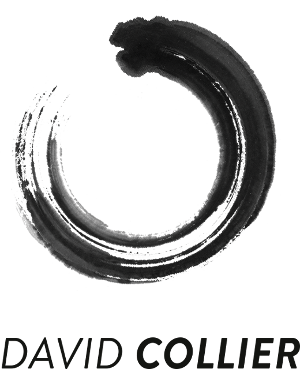Music
We Have Two Ears
Here’s the press release for my class graduation show which takes place this Friday in the Samuel Beckett Theatre, Trinity College Dublin. There are lot of interesting works being shown so pop along.
–
The MPhil. Music and Media Technologies course is proud to present We Have Two Ears. Featuring works by some of Ireland’s brightest young composers and artists We Have Two Ears is a concert and exhibition of contemporary music, visual expression and performance. The concert features works that explore the full spectrum of musical expression, from the heart-stopping to the tranquil, the traditional to the experimental and everything in-between. Read more
Interview with Robert Thomas from RjDj – Mobile Music #7
 Robert Thomas is a composer, performer and the Chief Creative Officer with RjDj. Through his work with RjDj he collaborated with Hans Zimmer on the Inception the app and was responsible for composing the music for Dimensions. I contacted him to ask about working with mobile music and he kindly offered to do an interview. We got to talk about his work with RjDj and some of his thoughts on the future of mobile music.
Robert Thomas is a composer, performer and the Chief Creative Officer with RjDj. Through his work with RjDj he collaborated with Hans Zimmer on the Inception the app and was responsible for composing the music for Dimensions. I contacted him to ask about working with mobile music and he kindly offered to do an interview. We got to talk about his work with RjDj and some of his thoughts on the future of mobile music.
–
When I think about mobile music one of the most exciting/challenging aspects is balancing creating the interactive/adaptive experience with creating something is musical. Do you think about this when you’re composing?
Yes I think this is the key challenge really. For me its really about simultaneously thinking as both a composer and a software designer. The questions which come up for me are: How important is the interactivity? How obvious do you want the control to be? When do you want to give them control and when do you want to take them somewhere? Read more
Inception – Mobile Music #6
 Inception the app is a collaboration between Reality Jockey, the people behind RjDj, and Christopher Nolan and Hans Zimmer, who worked on the Inception film. The app provides the listener with dreams–augmented sonic experiences– featuring music from the soundtrack of the film. It comes with one dream and listeners are able to unlock others by using the app in different situations. There is a traveling dream for when you’re in a car or train or a Sunny dream if you’re using it in good weather or the Africa dream in case, you guessed it, you’re in Africa. Read more
Inception the app is a collaboration between Reality Jockey, the people behind RjDj, and Christopher Nolan and Hans Zimmer, who worked on the Inception film. The app provides the listener with dreams–augmented sonic experiences– featuring music from the soundtrack of the film. It comes with one dream and listeners are able to unlock others by using the app in different situations. There is a traveling dream for when you’re in a car or train or a Sunny dream if you’re using it in good weather or the Africa dream in case, you guessed it, you’re in Africa. Read more
Location33 – Mobile Music #3
 Location33 is a locative music work set in Culver City, California that explores the idea of an album in space and time. People listen to the album by walking through audio nodes throughout the city. A different song is available each day as the album evolves over the course of the week. As implicit in its title, Location33: Envisioning Post iPodalyptic Mobile Music, this work looks at the question “What’s next in personal stereo listening?”. It was created by William Carter and Leslie Liu at the University of Southern California. Read more
Location33 is a locative music work set in Culver City, California that explores the idea of an album in space and time. People listen to the album by walking through audio nodes throughout the city. A different song is available each day as the album evolves over the course of the week. As implicit in its title, Location33: Envisioning Post iPodalyptic Mobile Music, this work looks at the question “What’s next in personal stereo listening?”. It was created by William Carter and Leslie Liu at the University of Southern California. Read more
Ambient Addition – Mobile Music #1
I’m taking a break from my series on open source controllers for a while to write about Mobile and Locative Audio. At the moment I’m working on creating a mobile music composition and wanted to share some of the interesting projects that I’ve come across in the process. The first project I’m going to cover is Ambient Addition. This was the work that got me interested in mobile music originally and started me thinking about mobile devices as a compositional medium.

Ambient Addition is a hardware device that augments the sounds your hear around you by synthesising an augmented version in real time. The goal of the Ambient Addition is to change the dynamic of personal stereo use. It mediates environmental sound so that people can still remaining connected to their environment while listening to something musical. Shifting the listening experience from a passive isolating one to a one that allows you to actively engage with your environment. It was created by Noah Vawter for a masters thesis at the Media Lab. Read more
QBO – OSEC #4

The QBO is an open source controller designed and built by Guido Tamino. The project was put together in fulfilment of a master thesis and its design is centered on the idea of an open source project that can have many contributors. It plays into the open source ethos by using Pure Data as its software and the controller itself was built using an Arduino, webcam and cardboard. The controller is a novel take on a step sequencer. The idea being to move a electronic music performance away from sitting behind a laptop and towards a more interesting experience for the audience. Read more

